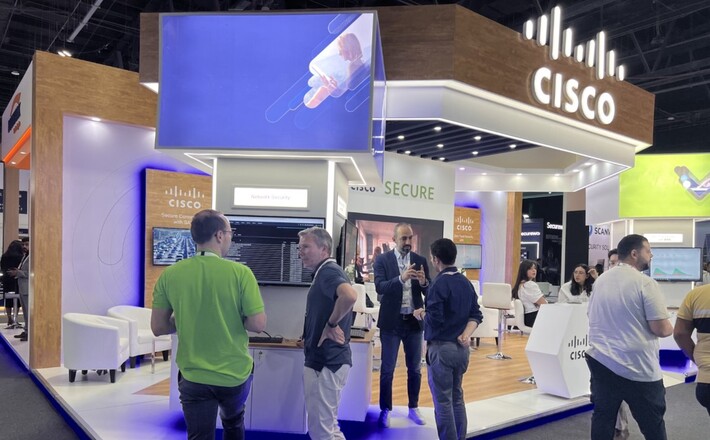India has achieved a successful landing on the Moon with its Chandrayaan-3 lander, marking a triumph after a previous failed attempt in 2019. This success comes shortly after Russia’s Luna 25 mission failed to land on the Moon and instead crashed into its surface. These recent missions serve as a reminder that spaceflight, especially Moon missions, is still difficult and risky.
Only four countries have successfully achieved “soft landings” on the Moon, where the spacecraft survives the landing. The USSR was the first to accomplish this in 1966, followed by the United States in 1996, China in 2013, and now India with Chandrayaan-3. Other countries have had some measure of lunar success with fly-bys, orbiters, and impacts.
Crashes and failures are not uncommon in space missions. The recent Luna 25 failure by Russia, as well as the Israeli Beresheet lander crash-landing and India’s Vikram lander not surviving the landing in 2019, highlight the risks involved. Overall, lunar missions have a success rate of just over 50%, while small satellite missions to Earth’s orbit have a success rate between 40% and 70%.
Space missions, especially uncrewed ones, face technological difficulties, lack of experience, and political landscapes that can contribute to failures. However, it is important to consider the bigger picture and understand that space exploration is still in its early stages. There have been fewer than 20,000 space launches in history compared to billions of cars and thousands of airplanes. Problems and challenges are to be expected as we continue to pioneer space exploration.
To establish a fully fledged space-faring civilization, monumental challenges must be overcome. These include solving problems related to long-duration space travel, radiation shielding, self-sustaining ecosystems, autonomous robots, resource extraction, and zero-gravity manufacturing. Progress will be gradual, with engineers and space enthusiasts dedicating their brainpower and resources to make space missions more reliable. Ultimately, the goal is to make space travel as safe as everyday activities like driving a car.

